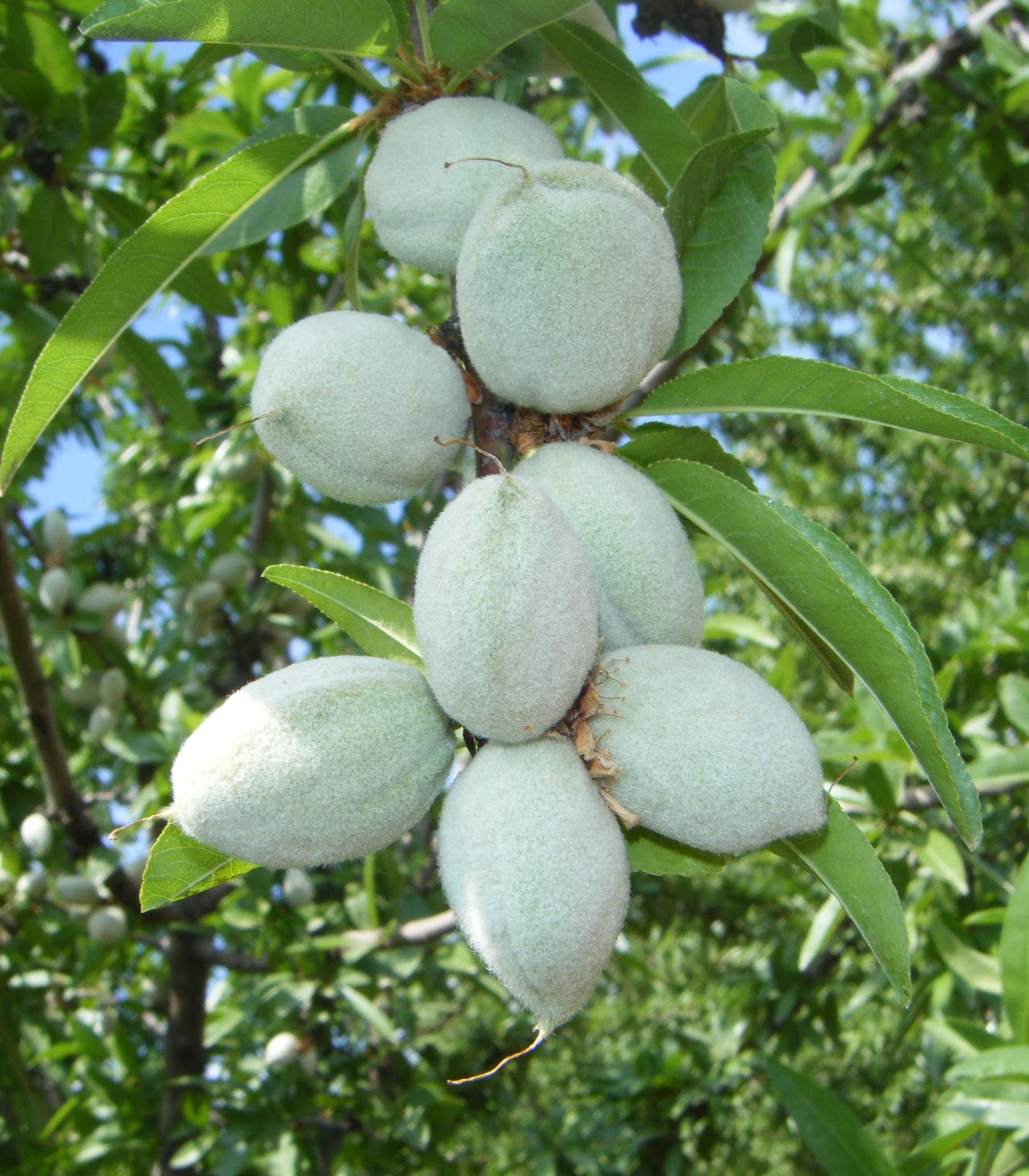
Climate and Soil Requirements
Mediterranean climate in which summers are hot and dry and winters warm and rainy is ideal for almond. However, as its wood section is resistant to winter cold, it may also be grown in places where there is too much winter cold. Wood section of the tree may withstand cold as low as –20°C and –30°C.
Winter resistance of buds is lower than that of peach buds. Almond growing is not possible in places where there is too much winter cold in our country. Its winter dormancy requirement is shorter as compared to other fruit trees.
90-400 hours of cooling is sufficient below +5°C. Unsteady weather conditions in early spring bear great importance for almond growing. The most critical period in terms of frost occurrences in spring is the period of blossoming and unripe almond. Blossoms which may withstand a temperature of –4°C and –5°C at the time of blossoming are damaged at –1°C and –0.5°C in the unripe almond period. Great differences are observed between varieties in terms of frost resistance.
It is a fruit variety which is not too selective in terms of soil requirements. It yields good produce in light, deep, well-drained and alluvial soils. Roots go down to a depth of 3-5 meters in soils of this type.
Tree Characteristics
Tree : It grows to a height of 6-8 meters. In some cases, the trees may grow as tall as 12 meters. All buds on the annual branches grow in the same season and the tree gets broader if secondary branches occur. Almond trees live approximately 50 years on average. It is also possible to come across trees living up to hundred years.
Root : It is of taproot type. As hairy root is less, saplings are lost to a great extent during transplantation.
Leaves : They are large, medium large and small by varieties. Colour varies from light to dark green. Sides of the leave are serrated.
Buds : Buds are available on branches of different ages and on 2-13 long fruit twigs on such branches.



